Germany’s industrial sector, long considered the backbone of Europe’s largest economy, has suffered another significant setback. Fresh data reveals a sharp 2.5% decline in industrial output, marking one of the steepest drops in recent months. The figures have reignited concerns over the country’s economic resilience amid a prolonged period of political gridlock that shows no signs of easing.
With key industries such as automotive and machinery manufacturing underperforming, analysts warn that Germany’s path to recovery may be far more arduous than initially anticipated.
The latest figures from the Federal Statistical Office paint a grim picture. Industrial production fell across nearly all major sectors, with capital goods leading the downturn. The automotive industry, a cornerstone of German manufacturing, reported a particularly steep contraction, raising alarms among policymakers and business leaders alike. The decline comes at a time when global demand remains sluggish, and domestic consumption has failed to offset weakening exports. This is not just a temporary blip, economists argue—it’s a symptom of deeper structural challenges.
Compounding the economic woes is the political paralysis in Berlin. Chancellor Olaf Scholz’s coalition government, already strained by internal disagreements, has struggled to implement meaningful reforms to stimulate growth. Disputes over fiscal policy, energy transition, and industrial subsidies have left key decisions in limbo. The lack of decisive action has drawn criticism from industry leaders, who argue that Germany risks falling behind competitors in the U.S. and Asia. "Every month of delay worsens the situation," said one executive from a major manufacturing firm, speaking on condition of anonymity.
The energy crisis, exacerbated by the war in Ukraine, continues to weigh heavily on industrial activity. While wholesale gas prices have retreated from their 2022 peaks, many companies still face higher operational costs compared to pre-crisis levels. Energy-intensive industries, such as chemicals and steel, have been especially hard-hit, with some firms relocating production abroad. "Germany’s competitive edge is eroding," warned an industry lobbyist. "Without affordable energy and a clear political roadmap, we’re looking at a prolonged downturn."
Meanwhile, the European Central Bank’s restrictive monetary policy has added another layer of difficulty. Higher interest rates, intended to curb inflation, have also dampened investment in industrial projects. Small and medium-sized enterprises (SMEs), which form the backbone of Germany’s industrial landscape, are finding it increasingly difficult to secure financing for expansion or modernization. Bank lending to businesses has slowed, and venture capital for innovative startups has become scarcer. The financing squeeze threatens to stifle innovation just as Germany needs it most.
Export markets, traditionally a lifeline for German industry, are no longer providing the same level of support. Demand from China, once a reliable growth driver, has weakened amid Beijing’s own economic struggles. The U.S., while still a major buyer of German goods, is increasingly prioritizing domestic production through initiatives like the Inflation Reduction Act. Even within Europe, trading partners such as Italy and France are grappling with their own economic slowdowns, further reducing demand for German exports.
Some economists argue that Germany’s industrial model itself may need an overhaul. The country’s heavy reliance on combustion-engine vehicles and fossil fuel-dependent industries has left it vulnerable in a world shifting toward green technology. While the government has pledged support for renewable energy and electric vehicles, progress has been slow. Bureaucratic hurdles and resistance from traditional industries have stalled key projects. "We can’t keep betting on industries of the past," said a prominent economist. "The transition is painful, but inevitable."
Labor shortages are another critical issue. An aging population and a shrinking workforce have left many companies struggling to fill skilled positions. Despite efforts to attract foreign talent, immigration policies remain cumbersome, and integration programs underfunded. The shortage is particularly acute in technical fields, where specialized knowledge is essential. Without enough engineers, technicians, and IT specialists, even the most ambitious industrial projects risk stalling.
The political response so far has been fragmented. While the Greens push for accelerated green industrialization, the pro-business FDP insists on tax cuts and deregulation. The Social Democrats, caught in the middle, have failed to bridge the divide. The resulting deadlock has left businesses in a state of uncertainty, unsure of where to invest or how to plan for the future. "What we need is clarity," said the head of a mid-sized machinery manufacturer. "Right now, no one knows what the rules of the game will be in two years."
Despite the bleak outlook, some see opportunities in the crisis. The push for decarbonization could position Germany as a leader in green technology—if the transition is managed effectively. Investments in hydrogen energy, battery production, and sustainable manufacturing are already underway, though on a smaller scale than needed. "This is our chance to reinvent ourselves," said an executive from a renewable energy startup. "But it won’t happen without bold decisions."
For now, however, the immediate challenges dominate. The 2.5% drop in industrial output is more than a statistic—it’s a warning sign. Without swift and coherent action from both policymakers and industry leaders, Germany’s economic engine risks sputtering further. The world is watching closely, aware that what happens in Germany doesn’t stay in Germany. As Europe’s economic heavyweight stumbles, the ripple effects could be felt across the continent and beyond.

By Sophia Lewis/Apr 6, 2025
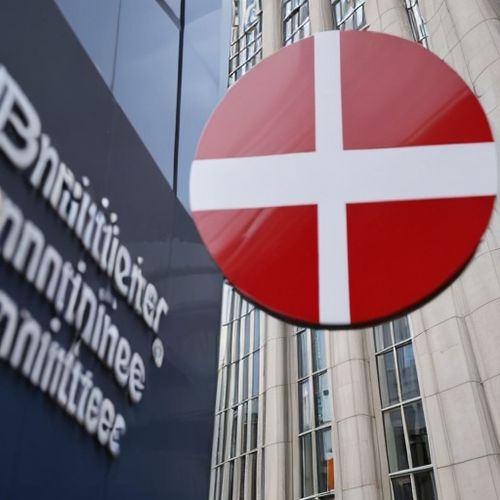
By Thomas Roberts/Apr 5, 2025
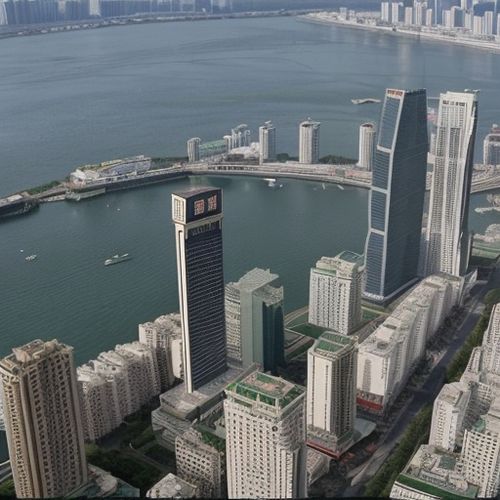
By Emma Thompson/Apr 5, 2025
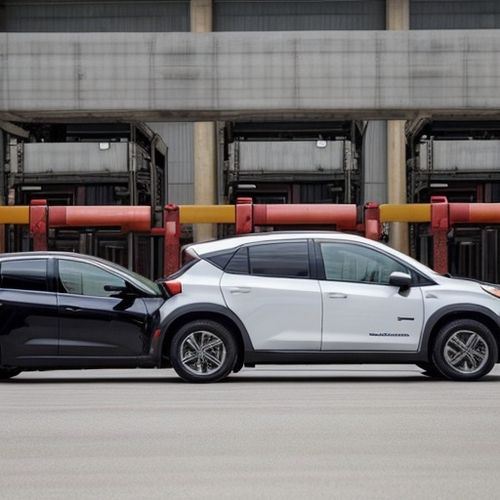
By Sarah Davis/Apr 5, 2025

By John Smith/Apr 5, 2025
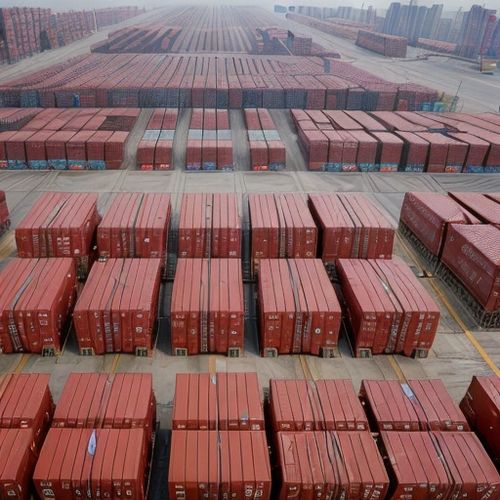
By Laura Wilson/Apr 5, 2025

By Christopher Harris/Apr 5, 2025
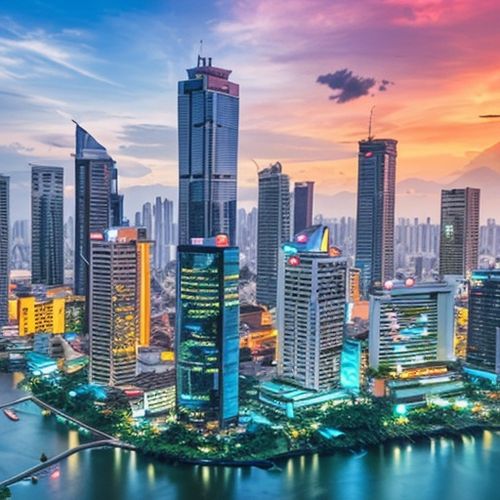
By Emma Thompson/Apr 5, 2025
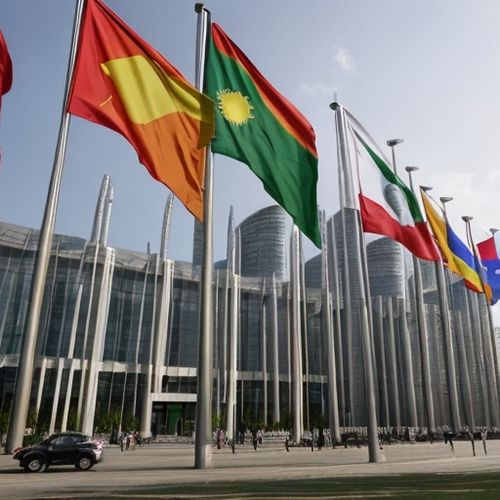
By David Anderson/Apr 5, 2025
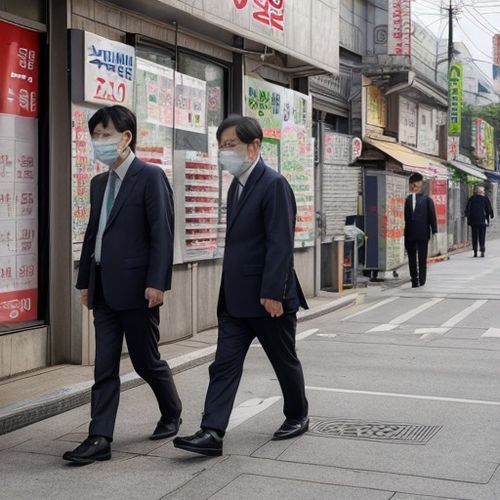
By James Moore/Apr 5, 2025

By James Moore/Apr 5, 2025

By Natalie Campbell/Apr 5, 2025

By David Anderson/Apr 5, 2025

By Grace Cox/Apr 5, 2025

By Thomas Roberts/Apr 5, 2025

By Christopher Harris/Apr 5, 2025

By Michael Brown/Apr 5, 2025